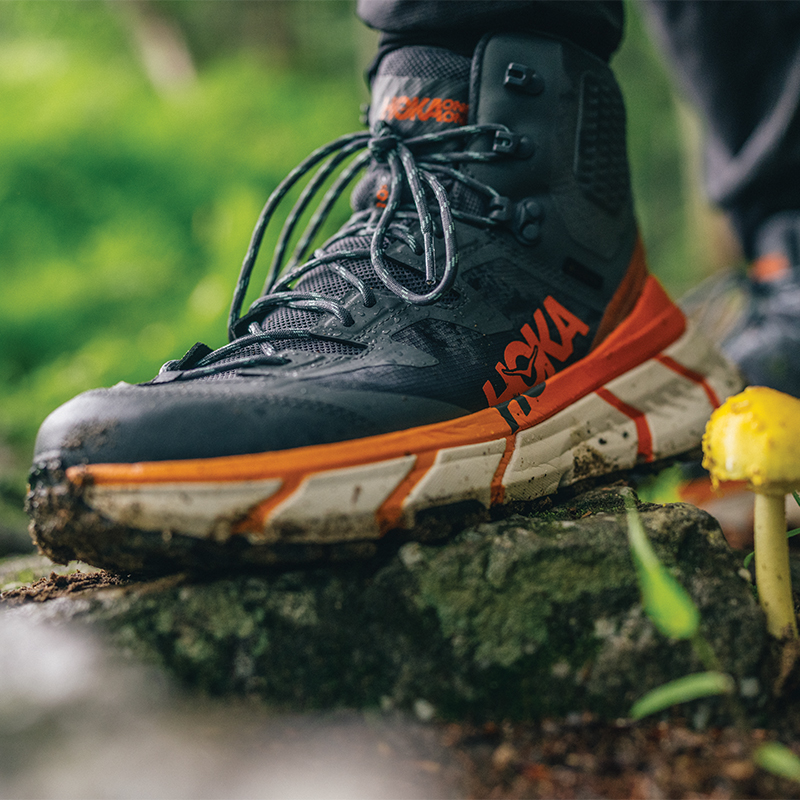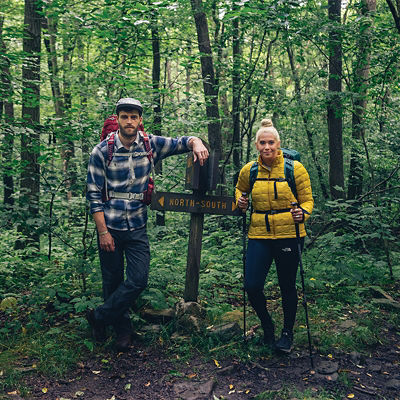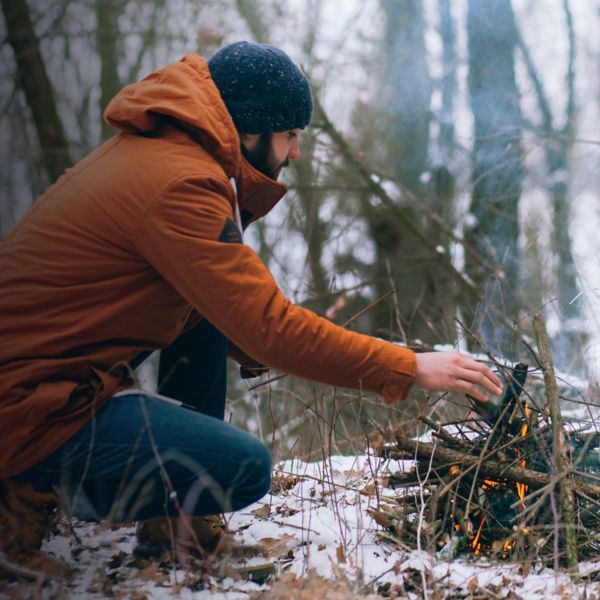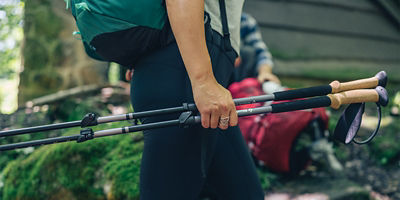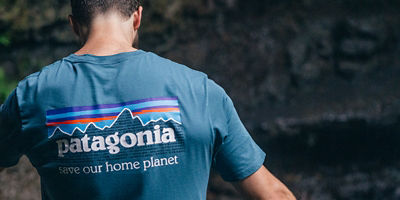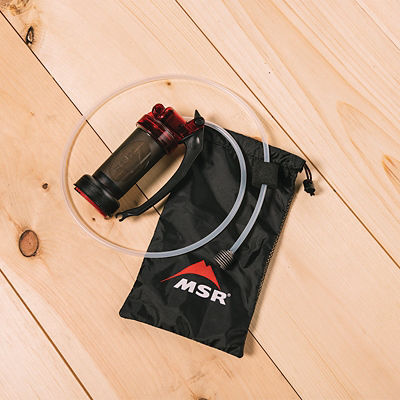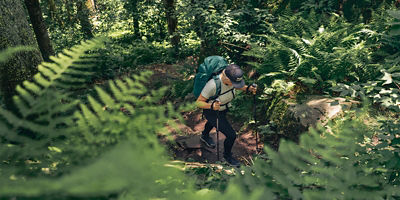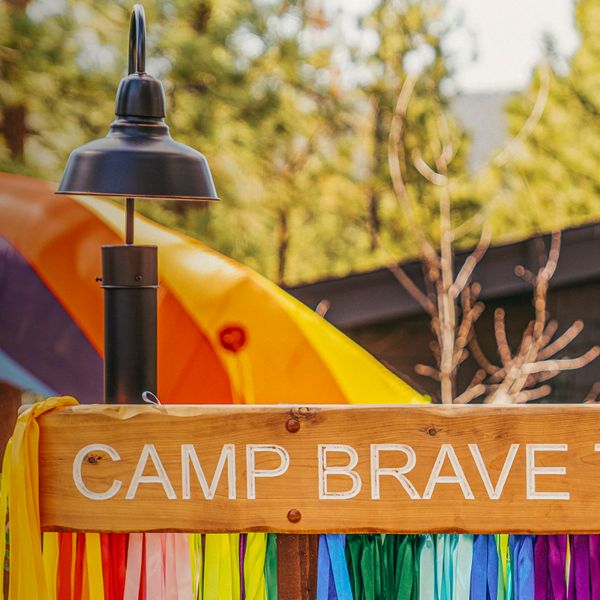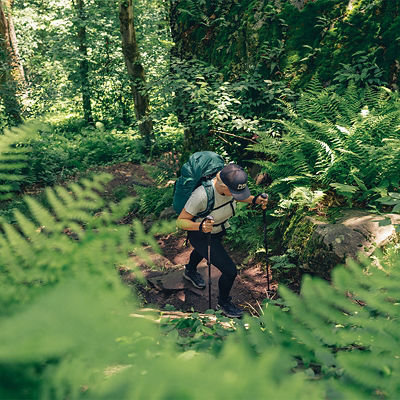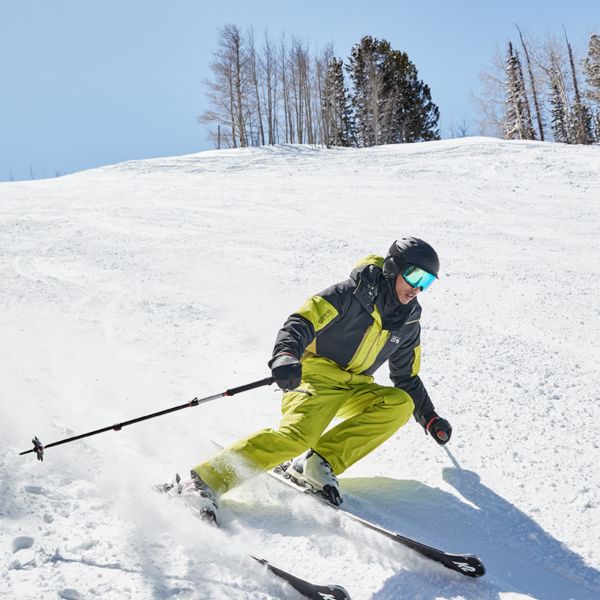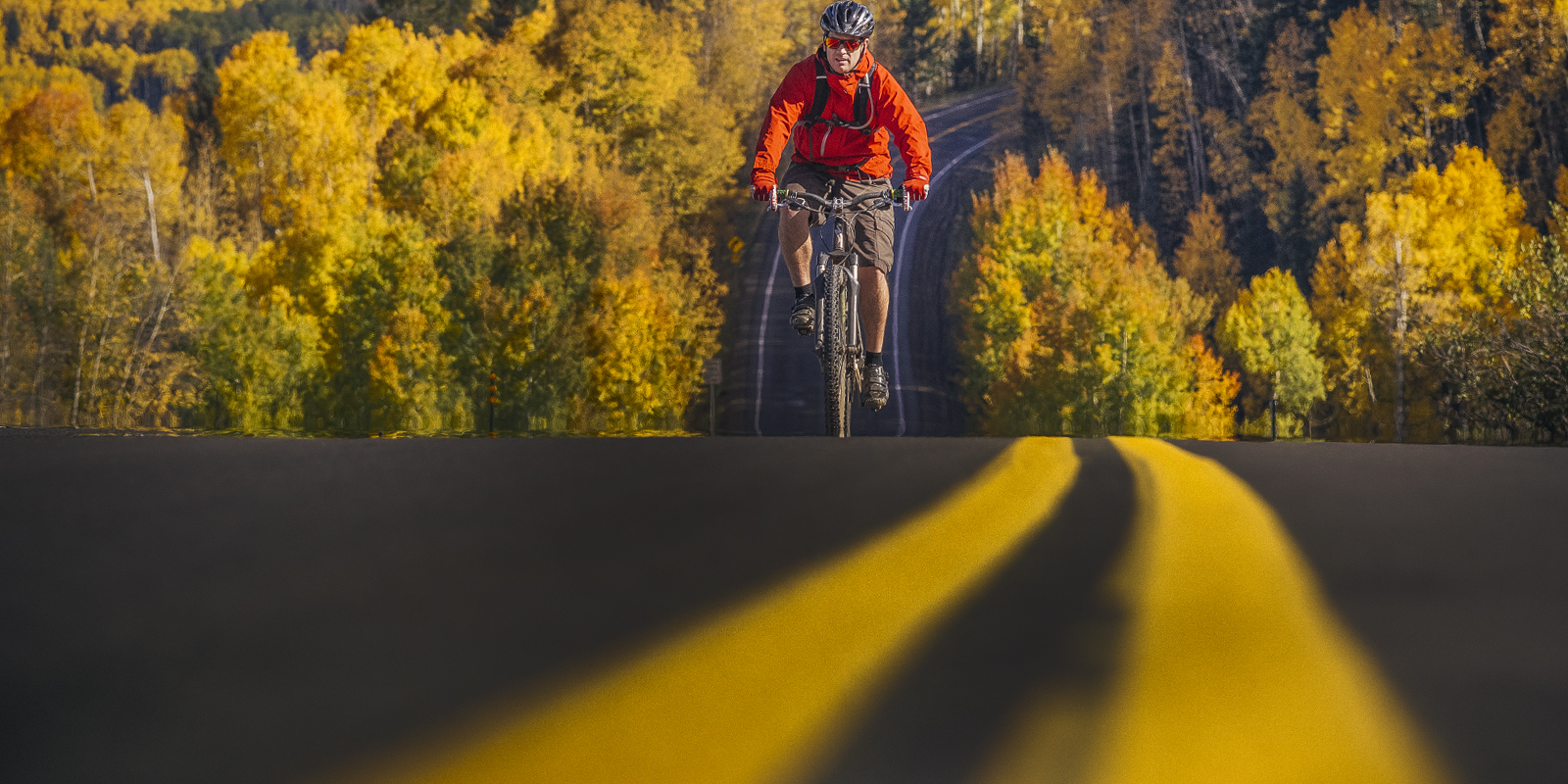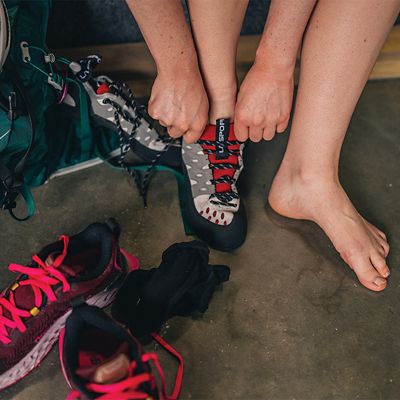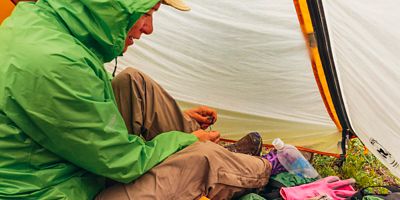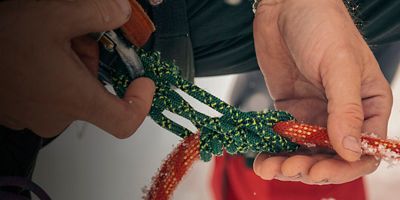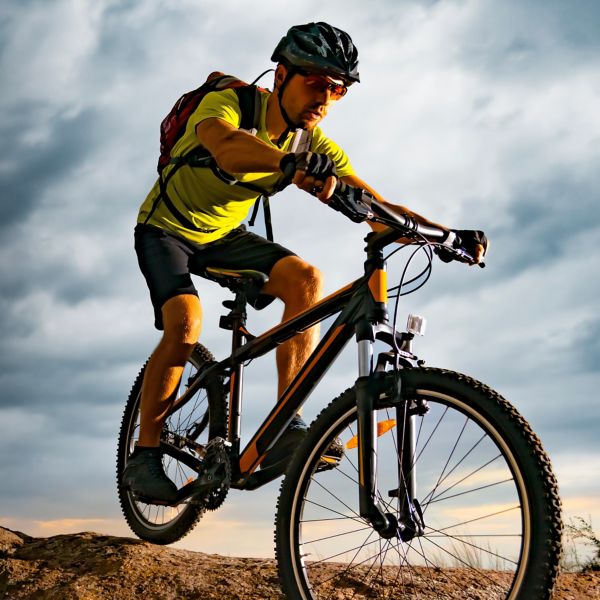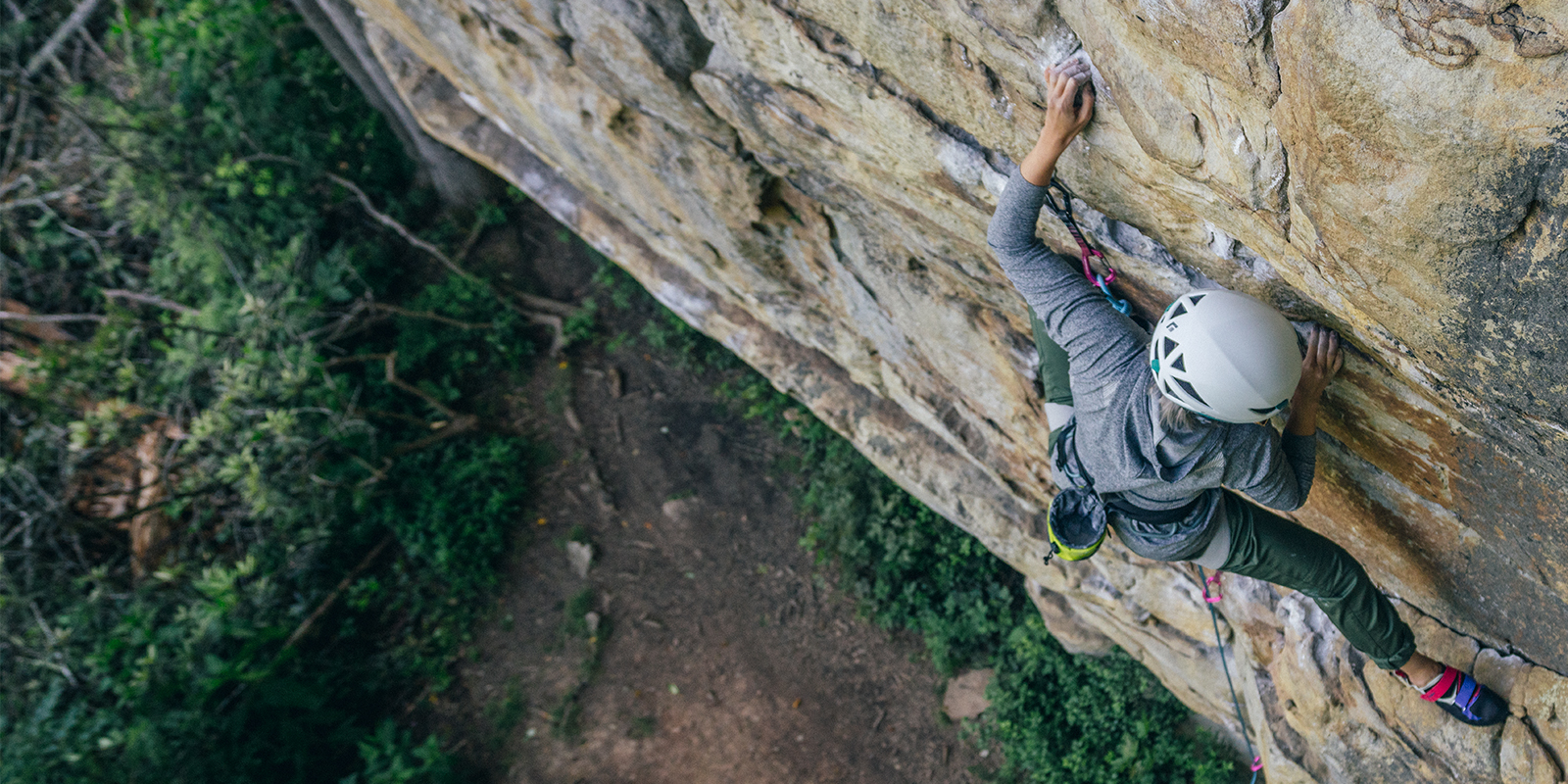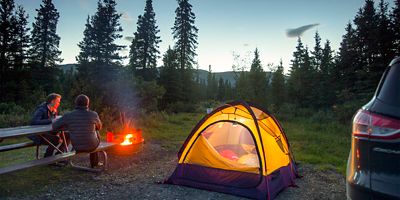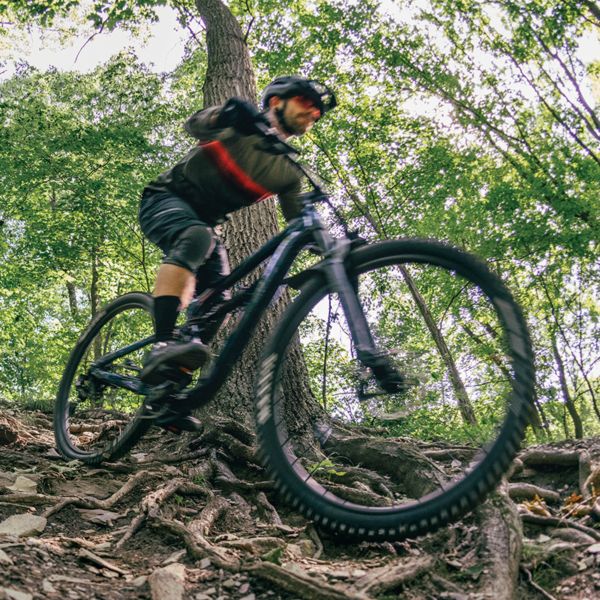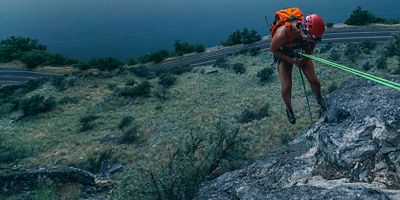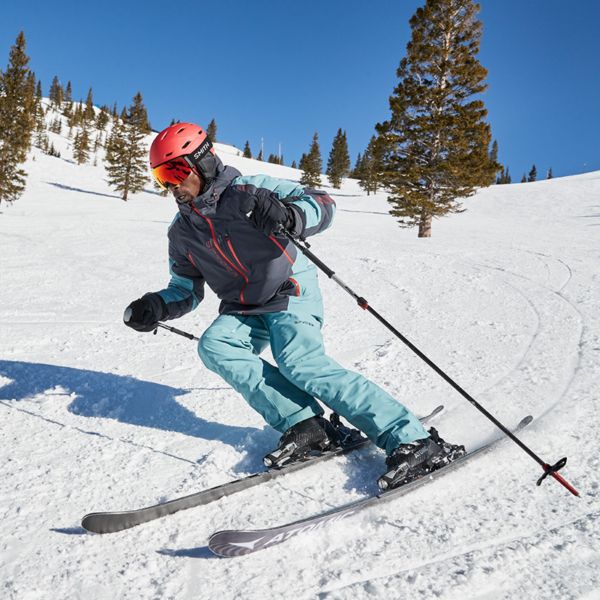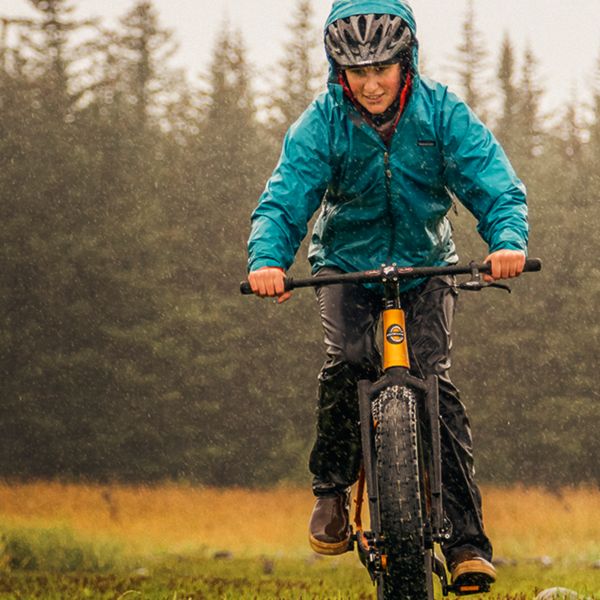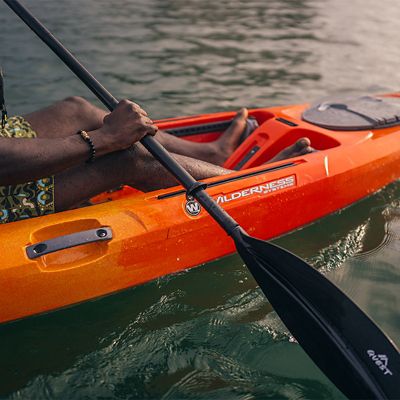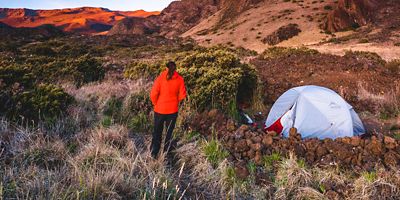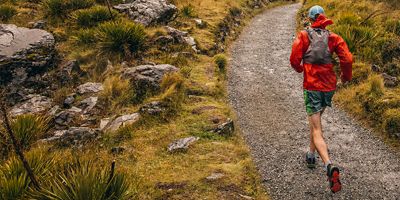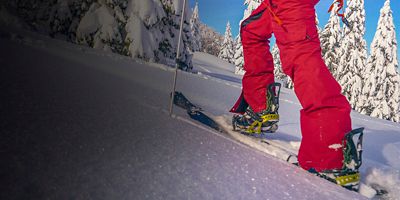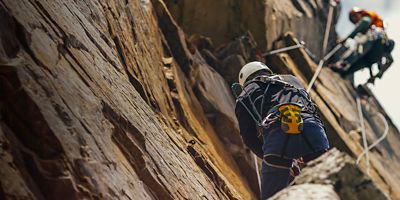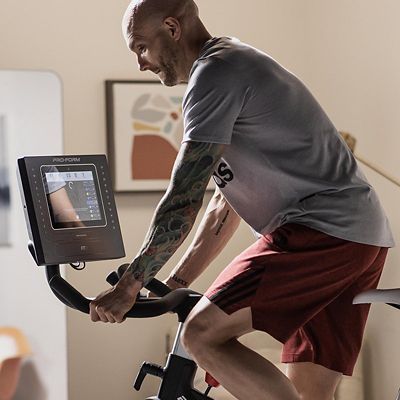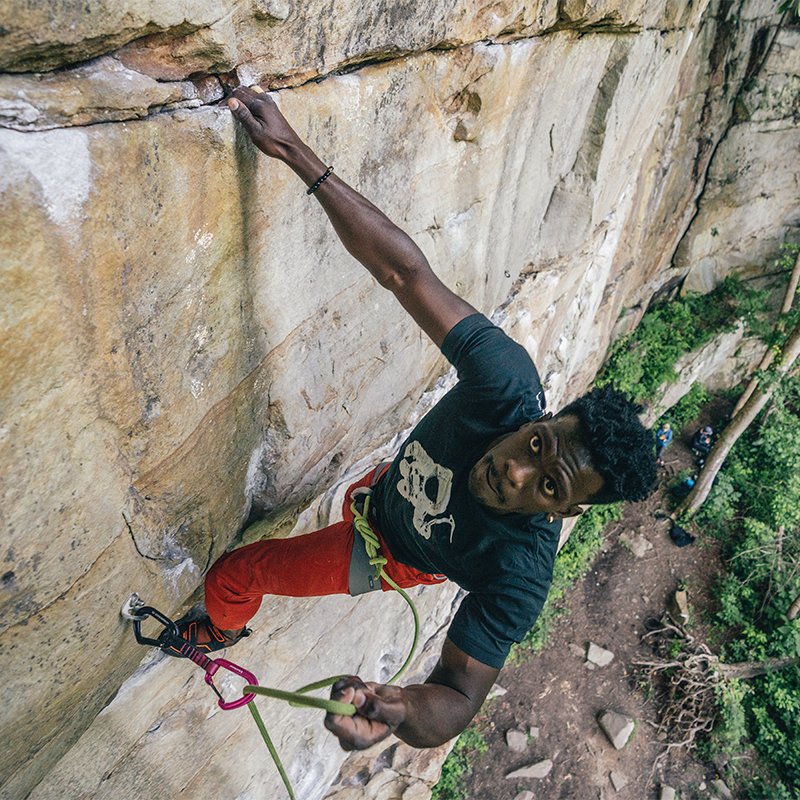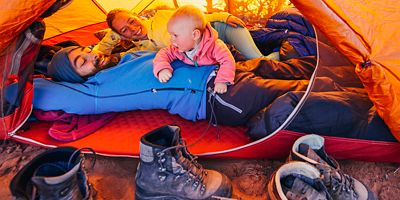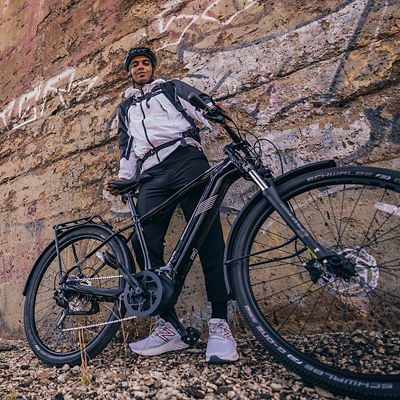Your most important piece of hiking equipment? What you put on your feet. Nothing ruins a trip faster than the wrong pair of shoes—and nothing improves a hike like comfortable, well-fitting shoes that keep your feet happy and blister-free. You have a lot of choices, from trail runners to last-forever boots. Here’s what you need to know to select the best hiking shoes or boots for every kind of trip.
What style of shoe do you prefer?
The most significant decision you’ll make is where you want your shoes to be on the weight versus protection spectrum. Do you favor light and nimble shoes or durable and supportive boots? Consider your personal preferences and the conditions you’ll encounter—rough terrain? bad weather? heavy pack?—when navigating the options below.
- Low-cut hiking shoes: These models feel lighter on your feet, require little to no break-in, are more breathable, and (in the case of trail running shoes) allow for running as well as hiking. The tradeoffs: They’re less supportive, which can be a problem if you have weak ankles or a heavy pack. They don’t protect as well against wet conditions. And they’re less durable than heavier boots. Low-cut shoes are best for day hiking and lighter backpack loads, though plenty of backpackers swear by them for longer trips, too. This style includes trail running shoes, which some hikers prefer for low weight, agility, and comfort.
- Mid-cut hiking boots and shoes: Want the middle path? This is your choice. Mid-cuts provide more support, especially for the ankles, and handle heavier backpack loads compared to lighter, low-cut shoes. But they’re not as heavy and cumbersome as high-cuts.
- High-cut hiking boots: If you want maximum stability, support, and weather protection, these are your boots. Usually built from durable materials, they’ll often last for years with proper care. On the flip side, they’re heavier on your feet, usually require break-in, and are less breathable. These boots are best suited to rougher trails and off-trail exploration, the heaviest backpacks, and conditions that demand the most protection from water and snow.
What kind of traction do you need?
Turn over a shoe and take a peek at the outsole. The bigger and deeper the lugs, the better the shoe will grip on uneven or rocky and loose terrain. Conversely, shallower lugs provide more traction on flat trails. Let your typical hiking terrain guide you as you shop. Also consider the outsole’s texture: A softer sole is grippy but wears down faster than a harder sole (often found on heavier boots), while a harder sole provides less traction on slick surfaces.
Do you want more cushion or more protection?
The shoe’s midsole—the slice of material layered between the outsole and the upper—is where you’ll find a shoe’s cushion and underfoot protection. A highly cushioned midsole often uses EVA foam, which is comfortable (and often less expensive), but it breaks down more quickly. A stiffer midsole, which often uses polyurethane, will last longer and provide more protection from sharp rocks underfoot. Some boots have what’s called a rock plate, which is a hard piece of plastic (or metal, rarely) that adds stiffness and support for the roughest terrain.
Which material is best?
When comparing uppers (the part of the shoe that hugs your foot), the choice is largely weatherproofness and durability versus breathability and weight.
Synthetic uppers: If you’re plagued by sweaty feet—or plan to hike on mostly dry trails—synthetic uppers, especially with mesh, will keep your feet cooler (as long as they don’t have a waterproof liner). They’re also lighter weight, more affordable, and easier to break in, but these materials aren’t as durable as others.
Leather uppers: For the most durable option, opt for full-grain leather boots (full-grain leather uses the full thickness of the hide). Leather is naturally weather-resistant, but needs to be treated with special conditioners to perform at its best over time. Well-made and well-maintained leather boots can last for decades. Downside: Leather is less breathable, heavier, and takes longer to break in. Split-grain leather, like suede, strikes a middle-ground balance between durability and breathability.
Hybrids: Some shoes go for a best-of-both-worlds approach, with a mix of synthetic and leather.


